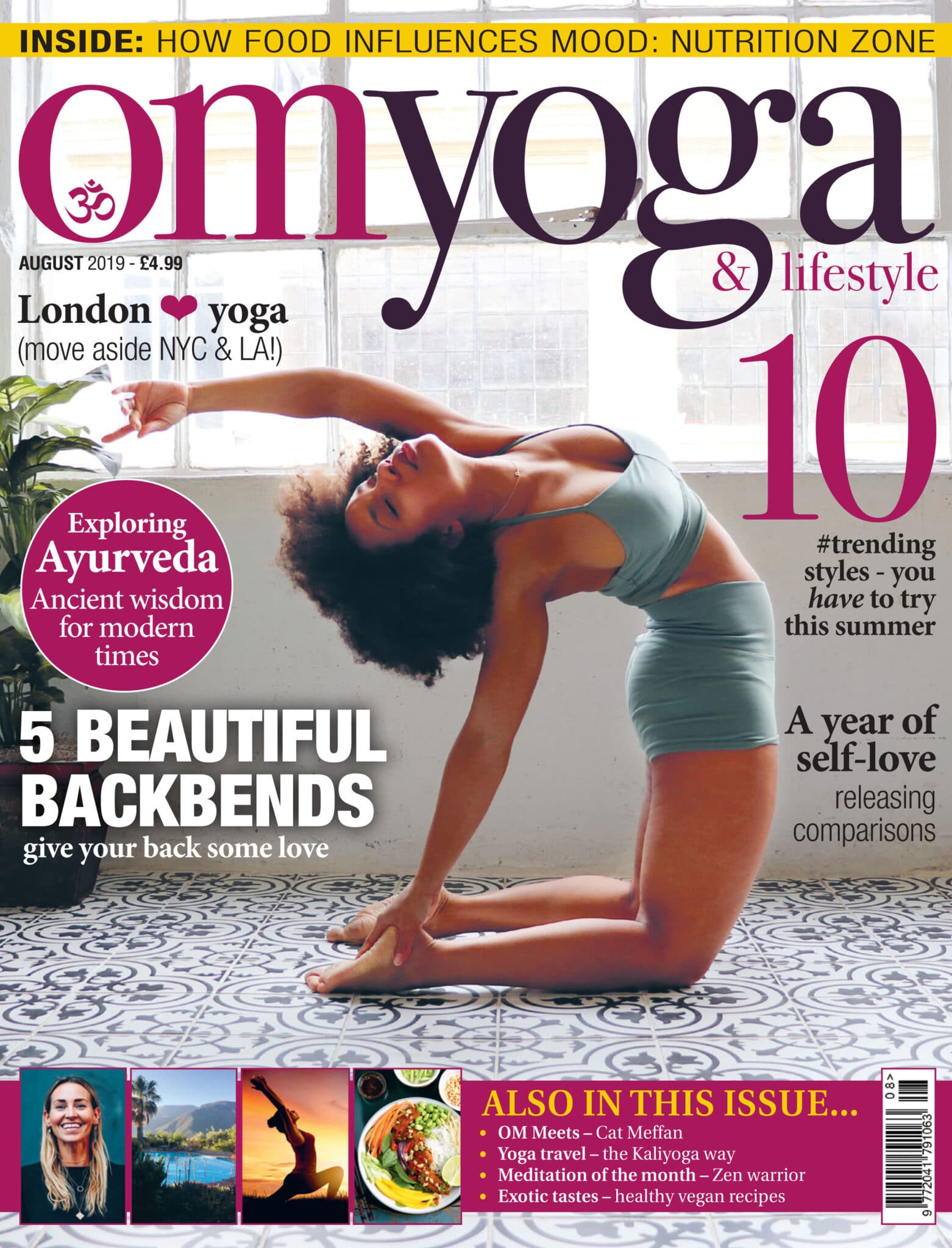
A 360º overview of...
Fish Pose (Matsyasana)
With Dr Kiki Morriss
Fish pose will open your chest, increase the flexibility of your spine and lift your mood.
Fish pose is usually practiced as a counter pose to Shoulderstand but as a stand-alone pose makes a wonderful antidote to sitting at a desk or computer, where your shoulders are pulled forwards and your back is rounded. Traditionally your legs are held in Lotus. As this position is difficult for many of us, we will practice it here with straight legs. Lotus Fish will then be considered as a variation.
The benefits of this pose:
- Increases the flexibility of your spine.
- Relieves stiffness in your neck and shoulders.
- Corrects rounded shoulders and improves your posture.
- Expands your ribcage and facilitates deep breathing.
- Promotes an optimistic, positive attitude.
Contraindications:
- Avoid Fish if you have a neck or back injury.
- Do not practise Fish if you have a headache.
Variations:
- Lotus Fish 1. Lie on your back with your legs in Lotus. Lift onto your forearms, arch back and rest the crown of your head on the ground. Press your knees down on an exhalation
- Lotus Fish II. Lie on your back with your legs in Lotus. Bring your arms on either side of your head or by the sides of your body. Press your knees down on an exhalation. Use your feet to press your thighs down.
- Bound Fish. In Lotus Fish I, reach under your back with your right arm and hold your right foot. Repeat with your left arm.
- Support yourself by placing a blanket under your head or a bolster under your back.
MOVING INTO THE POSE
- Lie on your back and place your hands under your thighs, with your palms facing down.
- Use your rhomboids to draw your shoulder blades towards each other. Feel how this action begins to open your chest.
- On an inhalation lift onto your forearms, arch your back, lift your chest and lower the crown of your head to the ground.
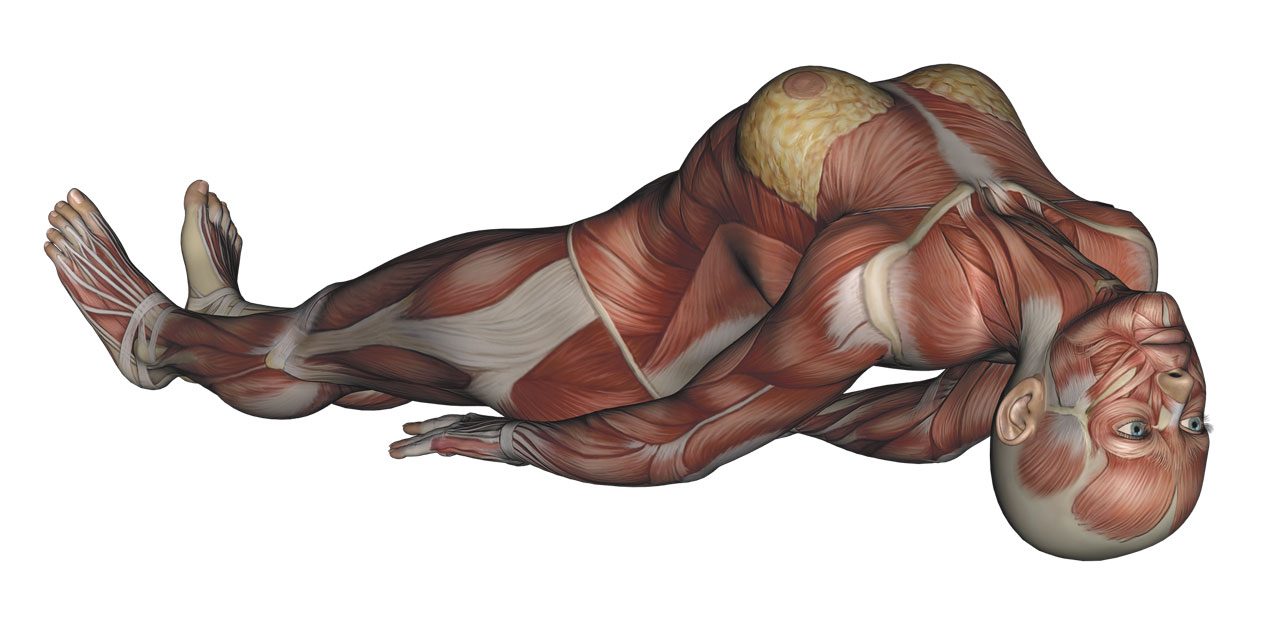
FOCUS YOUR GAZE
- Your focal point (dristi) is towards the end of your nose. If this is uncomfortable, gaze softly straight ahead or close your eyes.
POSITION YOUR ARMS AND HANDS
- Bring your arms as close together as possible under your body.
- Place your hands under your thighs rather than your buttocks.
- Place your hands side by side. Try hooking your thumbs together to keep your hands in position.
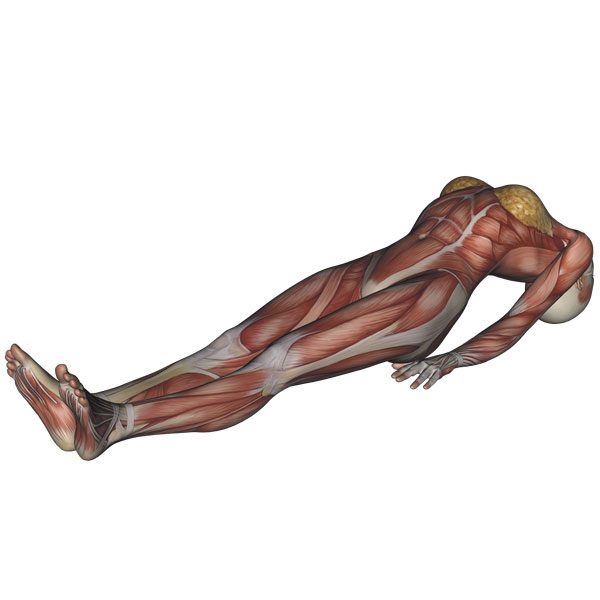
FOCUS ON YOUR HEAD AND NECK
- Place as little weight on the top of your head as possible. Ideally the crown of your head should only skim the floor.
- Lengthen the front of your neck, soften your jaw and allow space between your back teeth.
- Avoid collapsing your neck under the weight of your head. Allow your neck to curve in a gentle arch, rather than hinging at the base.
STRAIGHTEN YOUR LEGS
- Keep your legs straight and together.
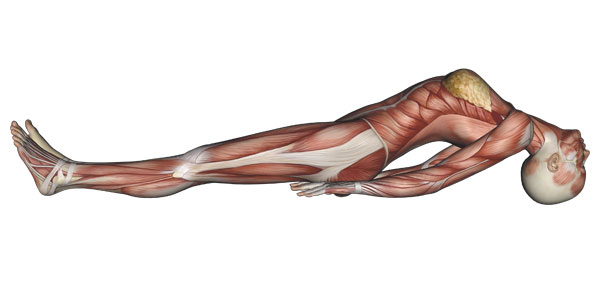
OPEN YOUR CHEST
- Stretch your intercostals (muscles between your ribs) as you lift up your chest.
- Make the most of this open position of your chest and take steady, deep breaths in and out.
- Stretch your chest away from your pelvis.
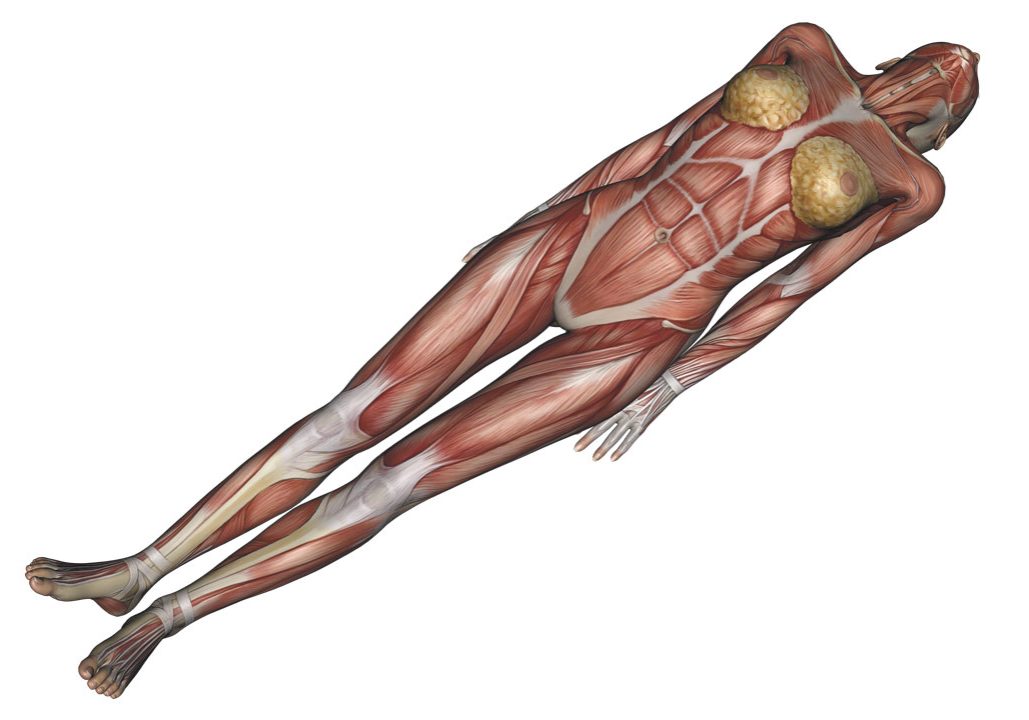
FOCUS ON YOUR BACK
- Arch your back and extend your spine by engaging your deep back muscles (erector spinae) and your quadratus lumborum in the lower part of your back.
- Feel your abdominal muscles stretching as you arch your back.
REBALANCE YOUR BODY AFTER THE POSE
- Come out of the pose by carefully lifting your head and placing it down. Then release your arms.
- Turn your head gently from side to side to relax your neck.




